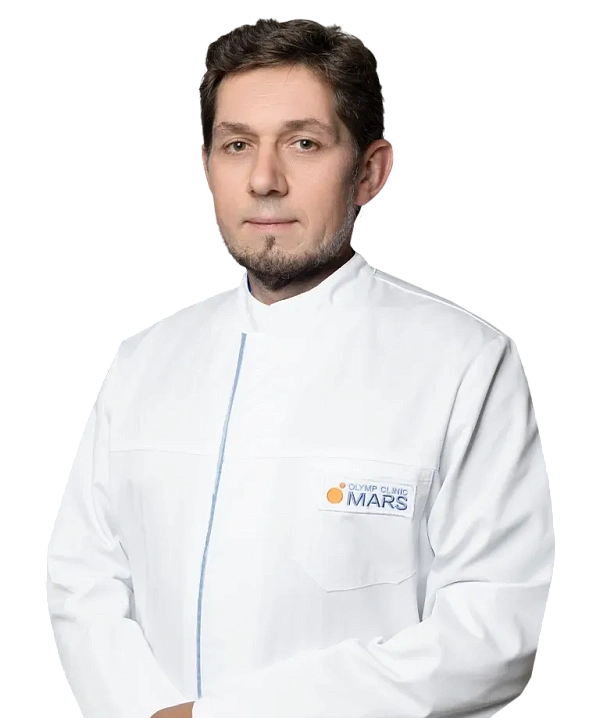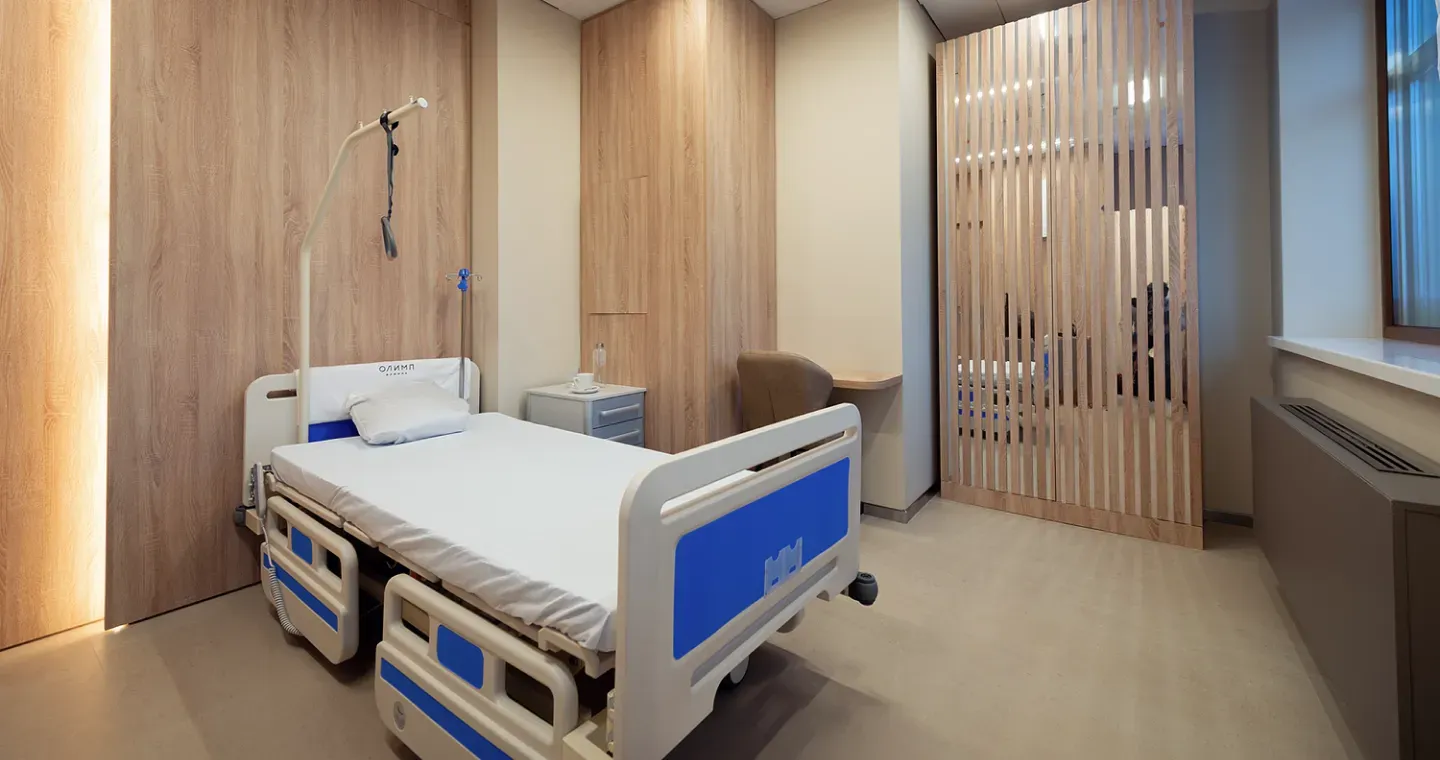Admission of an orthopedic traumatologist
Assessment and diagnosis of diseases of the musculoskeletal system. An orthopedic traumatologist conducts an examination, evaluates the functionality of the musculoskeletal system, prescribes the necessary studies and develops a treatment or rehabilitation plan.
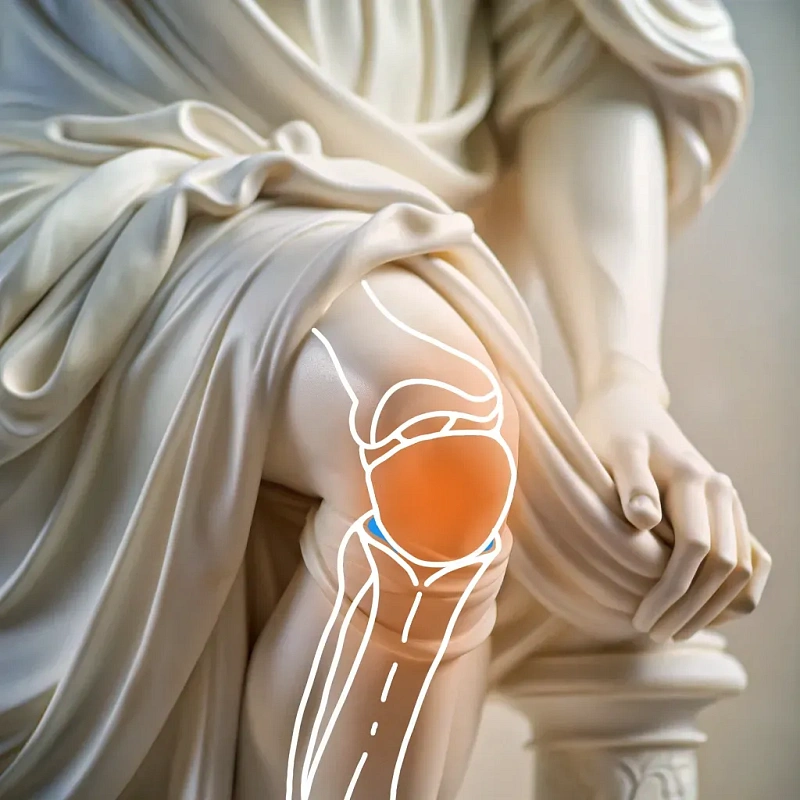
Orthopedics deals with the treatment of diseases of the musculoskeletal system, including recovery from injuries, correction of deformities and management of chronic pain conditions.
Collect the results of previous studies, X-rays and extracts. Prepare a list of medications and dietary supplements. Write down all the symptoms and their duration.
The doctor will conduct an examination, ask questions about complaints and medical history. If necessary, X-rays, computed tomography (CT), magnetic resonance imaging (MRI) and other diagnostic procedures can be prescribed.Based on the information received, the specialist will develop an individual treatment plan.
Tools for physical examination. X-ray machines for imaging bones and joints. Computer tomographs (CT) and magnetic resonance imaging (MRI) for detailed examination of the structures of the musculoskeletal system.
The doctor will provide recommendations for treatment, rehabilitation and prevention, which may include physical therapy, physical therapy, medication or preparation for surgery.
Benefits
Individual approach
The treatment is selected taking into account the characteristics of the patient's condition.
Modern diagnostic methods
The use of the latest achievements of medical technology and techniques.
Experience and qualifications of specialists
High level of professionalism of doctors.
A comprehensive approach to treatment
The possibility of using conservative and surgical methods of treatment.
Preparation for consultation with an orthopedic traumatologist
Before the consultation, it is recommended to prepare all available medical documents, including the results of previous examinations, as well as a list of medications taken.
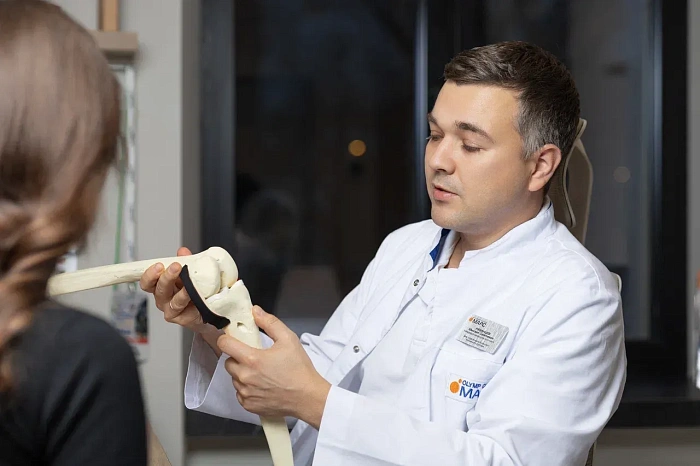
Consultation of an orthopedic traumatologist
The doctor will conduct a detailed examination, ask questions about complaints and medical history. Additional diagnostic tests, such as X-rays, MRI or CT scans, may be prescribed to obtain a complete picture of the condition. Based on the information received, the specialist will develop an individual treatment plan.
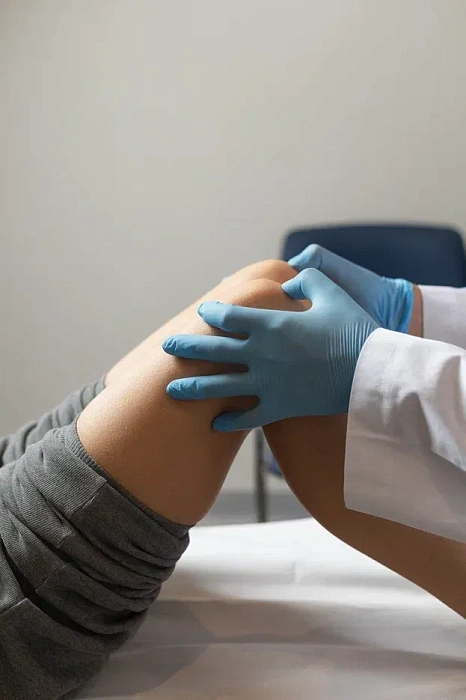
Recommendations after consultation with an orthopedic traumatologist
The doctor will provide recommendations for treatment, rehabilitation and prevention, which may include physical therapy, medication or preparation for surgery.

Врачи
Смотреть всех врачейDoctor of Medical Sciences, Professor. Orthopedic Trauma Surgeon. Chief Doctor, Medical Director.
Candidate of Medical Sciences. Orthopedic Trauma Surgeon. Deputy Chief of Surgery.
Candidate of Medical Sciences. Orthopedic Trauma Physician, Senior Physician.
Doctor of Medical Sciences, Associate Professor at the Department of Traumatology and Orthopedics of the RUDN. Head of the Center for Arthroscopy and minimally invasive surgery of the joints of the upper and lower extremities.
Candidate of Medical Sciences. Orthopedic trauma surgeon, senior physician.
Candidate of Medical Sciences. A surgeon and an orthopedic traumatologist. Head of the Department of General Orthopedics.
Candidate of Medical Sciences. Orthopedic traumatologist. Head of the Knee Surgery Department.
Candidate of Medical Sciences. Hand Surgeon, Orthopedic Trauma Surgeon, Microsurgeon. Head of the Hand and Microsurgery Center. Member of the Interregional Public Organization “Hand Surgery Society”.
Indications and contraindications
Indications
Joint and bone pain
Especially if they restrict mobility and reduce the quality of life.
Injuries of the musculoskeletal system
Including fractures, dislocations, sprains and ruptures of ligaments.
Degenerative and dystrophic diseases of the joints
Such as osteoarthritis and osteochondrosis, which require a comprehensive approach to treatment.
Congenital and acquired deformities
Which can lead to disorders of the musculoskeletal system.
Expected effect
Accurate diagnosis
Identification of the causes of discomfort in joints and bones.
Pain reduction
Selection of effective treatment methods to reduce pain.
Restoration of mobility
Recommendations for the restoration of the functions of the musculoskeletal system.
Prevention of complications
Tips for preventing further development of diseases and injuries.
Similar referral activities
Arthroscopy of the ankle joint
Ankle arthroscopy is a minimally invasive surgical procedure used to diagnose and treat various diseases and injuries of the ankle joint.
Arthroscopy of the knee joint
Knee arthroscopy is a minimally invasive surgical procedure for the diagnosis and treatment of injuries and diseases of the knee joint. It allows examining the joint for damage and eliminating the identified defects.
Arthroscopy of the elbow joint
Arthroscopy of the elbow joint is a minimally invasive surgical intervention that allows for accurate diagnosis and simultaneous treatment of joint injuries.
Arthrodesis of the joints of the fingers of the hand
The destruction of the joints of the fingers of the hand is accompanied by pronounced pain and impaired functions. Arthrodesis is a surgical intervention in which the affected joint is completely immobilized, which relieves pain and progression of inflammation.
Arthroscopic revision of the cystic joint
The condition of the wrist joints determines the functioning of the hand. Arthroscopic revision is a minimally invasive diagnostic procedure that assesses the condition of the joint tissues, which is necessary for planning subsequent treatment.
Arthroscopy of the shoulder joint
Arthroscopy of the shoulder joint is a minimally invasive surgical procedure designed to diagnose and treat various diseases and injuries of the shoulder joint.

